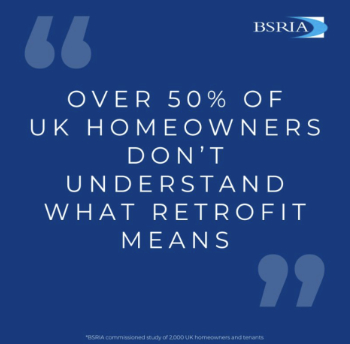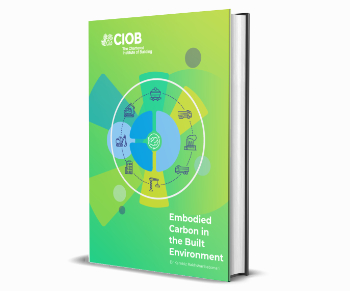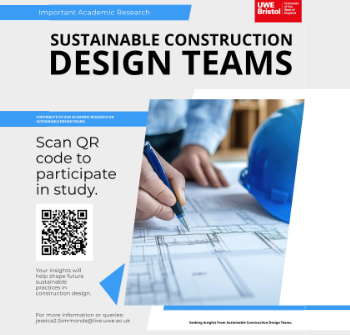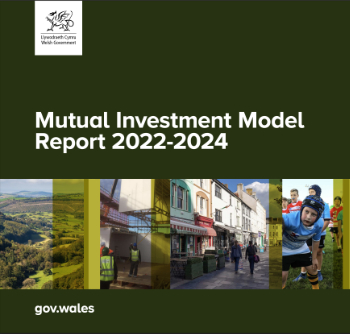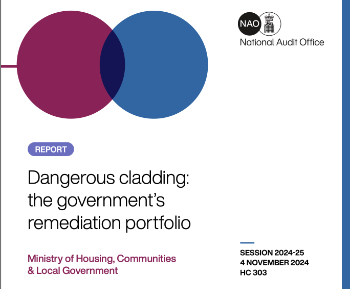Stage report for design and construction
Contents |
[edit] Introduction
As design and construction projects progress from inception through design and construction to completion and operation, it is crucial that the client retains control of the brief, the direction of development and costs.
Typically this is done by dividing the project into discrete stages. This helps define the timing of activities and the scope of services for appointments and creates a series of decision points, or gateways, at which the client assesses the project and considers whether to progress to the next stage. If such a process is not introduced, there is a tendency for projects to gradually wander off course, with programme, budget and brief diverging.
Clients will generally expect the project team to prepare a report at the end of each stage providing the information the client needs to decide whether or not to proceed to the next stage. This may include; assessing whether the project satisfies their strategic objectives, whether it is affordable, whether value is being delivered, and that risks are acceptable. If the client is not satisfied, they may ask for changes to be made or may ask for a value management exercise to be undertaken. Under extreme circumstances, they may even abandon the project.
The requirement for end of stage reports should be set out in tender documents. It should not be a box-ticking exercise, but is a key part of project control and should be carefully managed and programmed.
For example, not all cleint decisions will be made by the same person, or even by the same part of the organisation. In addition, some decisions may involve expert assessment or advice from client representatives, independent client advisers, project managers, or even external bodies (such as external design reviews). It is important therefore that time is allowed within the project programme for the decision makers to be provided with relevant information, to assess it, discuss it, perhaps refer it to others and make a decision. This might involve meetings amongst senior members of the client team which may only be possible at specific dates.
In addition, some information will require that other information is prepared first. These interrelationships should be scheduled so that the correct sequence is followed, at the right time, to meet the decision point.
This means that the end of a stage and the associated decision making process should be carefully planned and aligned with the project programme. It should not appear on a programme as a simple milestone with no sensible time allocation.
[edit] Contents
The precise contents of end of stage reports will depend on the type of project, the procurement process and the stage of development of the project. However, typically they will provide a snapshot of the project development, identify any divergence between the project and the brief, budget or programme, identify any risks, highlight any decisions required from the client, and explain the procedures for the next stage. They should be concise and should only include required, or co-ordinated information and necessary interpretation and should not duplicate information that already exists elsewhere.
During the early stages of a project, reports might be prepared by independent client advisers, or by the client themselves if they are an experienced client. During the design stages, they might be prepared by the project manager or lead consultant (or contractor on a design and build project). During construction they might be prepared by the contract administrator, perhaps based on a report prepared by the contractor.
End of stage reports might include:
See links for detailed information about specific reports.
[edit] BIM
Building information modelling is a process for managing information throughout the lifecycle of a built asset. BIM formalises the procurement of information from the project team through the preparation of Employer’s Information Requirements (EIR).
The Employer's Information Requirements sit alongside the project brief. Whilst the project brief defines the nature of the built asset that the employer wishes to procure, the Employer's Information Requirements defines information about the built asset that the employer wishes to procure to ensure that the design is developed in accordance with their needs and that they are able to operate the completed development effectively and efficiently.
Some information may be provided in a conventional report format, however, It may be possible to generate some of the required information from the building information model, and in some cases it may be possible to interrogate this information automatically, for example, the amount of accommodation included in a design might be assessed automatically by comparing the requirements in the project brief with a schedule of accommodation generated from the BIM model.
The exchange of information with the employer may be described as a 'data drop', or 'information exchange'.
[edit] Prince 2
PRINCE2 (Projects in Controlled Environments) is a process-based method of project management. It provides non-proprietorial best practice guidance on project management applicable to any sort of project.
Managing stage boundaries is one of seven processes that make up PRINCE2. The overriding principle of managing stage boundaries is that, at the end of each stage, the project stays focused on delivering business benefits.
An end of stage report serves as a summary of progress-to-date, and sets out the overall status of the project and should be informative enough to ask a project board for a decision on what to do next.
The report can be presented in a number of different formats, such as an entry in a project management tool, a presentation to the project board or as a formal document. The information contained in the end of stage report should be the most current available and so should be prepared as near as is possible to the end of the stage.
The typical inclusions in the report are:
- Project manager’s report.
- Review of the business case.
- Lessons learned.
- Risk and mitigation strategies.
- Issues and potential impact on stage delivery.
- Changes to the project initiation documentor benefits review plan.
- Outline of the next stage plan.
After considering the report, the project board should be in a position to decide on the future of the project. The decision will either be to:
- Proceed to the next stage of the project; or
- Continue with further work in the current stage until it has been completed; or
- Defer work on the next stage, until further consideration; or
- Discontinue work on the project.
[edit] RIBA plan of work 2020
The RIBA Plan of Work published by the RIBA in 2020 defines a stage report as: 'A report produced at the end of Stage 2 (concept design) and Stage 3 (spatial coordination) to capture decision making during the stage and record the outcome of the design process as reviewed by the client. The Stage Report will also contain the Project Strategies and other useful project information. The Stage Report is signed off by the client at the end of the stage.'
[edit] Related articles on Designing Buildings Wiki
- Assessment and lessons learned report.
- Building information modelling.
- Business case .
- Project execution plan.
- Change control procedure.
- Comparison of work stages.
- Concept design report.
- Construction stage report.
- Data drop.
- Detailed design report.
- Employer’s decision point.
- Employer’s information requirements.
- Final report.
- Gateways.
- Preliminary business case .
- PRINCE2.
- Production information report.
- Tender report.
- Topping out.
[edit] External references
Featured articles and news
Delivering radical reform in the UK energy market
What are the benefits, barriers and underlying principles.
Information Management Initiative IMI
Building sector-transforming capabilities in emerging technologies.
Recent study of UK households reveals chilling home truths
Poor insulation, EPC knowledge and lack of understanding as to what retrofit might offer.
Embodied Carbon in the Built Environment
Overview, regulations, detail calculations and much more.
Why the construction sector must embrace workplace mental health support
Let’s talk; more importantly now, than ever.
Refurbishment for net zero; the BSRIA white paper
The everyday practice of tackling energy efficiency, fabric first, ventilation, air quality, and occupant wellbeing.
Sustainable construction design teams survey
Shaping the Future of Sustainable Design: Your Voice Matters.
Ensuring the trustworthiness of AI systems
A key growth area, including impacts for construction.
Foundations for the Future: A new model for social housing
To create a social housing pipeline, that reduces the need for continuous government funding.
Mutual Investment Models or MIMs
PPP or PFI, enhanced for public interest by the Welsh Government.
Stress Awareness Week ends but employer legal duties continue.
A call to follow the five Rs for the business and for the staff.
Key points and relevance to construction of meeting, due to reconvene.
Cladding remediation programmes, transparency and target date.
National Audit Office issue report on cladding remediation.
HBPT and BEAMS Jubilees. Book review.
Does the first Labour budget deliver for the built environment?
What does the UK Budget mean for electrical contractors?
Mixed response as business pays, are there silver linings?









